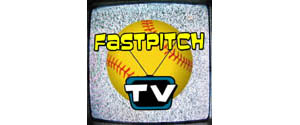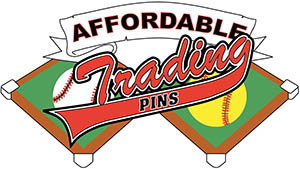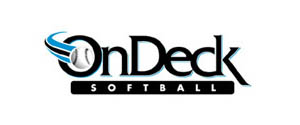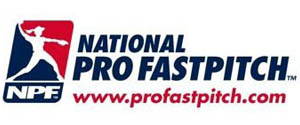A couple of links on the history of the spitball:
http://www.stevenellis.com/steven_ellis_the_complete/2008/10/the-illegal-pit.htmlhttp://en.wikipedia.org/wiki/SpitballMoisture on the ball is not going to affect the aerodynamics of the ball. If moisture could take laminar flow to turbulent flow, you would see airplanes fall out of the sky. Scuffing or nicking the ball likely would affect the aerodynamics of the ball.
Vaseline was more used to take grip off of the ball. Same with large amounts of spit. Pitchers used to be able to use this to throw knuckleball spin. Sometimes the modern knuckleball is called the dry spitter.
Main reason for first outlawing the spitball was the pitcher Carl Mays killed batter Ray Chapman in 1919. The general belief was that Chapman was not able to pick up the ball coming because the ball was so dirty.
My DD licks her fingers when playing on dry dusty fields. She wipes past the leg. The point of it is to get more grip on the ball. I have notice improved movement, but it is because the spin rate is achieving what she should be able to achieve. In other words, the moisture on her fingers allows her to achieve the grip she would have achieved without the dust on the ball. Most of the better pitchers lick their fingers when playing on dusty dry fields.
We play in the northwest, where there is tons of rain, and we play in the rain often. We have had great luck with both powdered rosin and gorilla gold, it really helps keep moisture under control. Once the fingers are wet, no order of drying the ball with a towel can achieve normal grip. A little rosin, or gorilla gold and the grip comes back.
I wish I had a dollar for every time an umpire told her that rosin was not allowed. In fact it is such an across the board pain in the butt, that often coaches tell her not to use it. This mistake is so prevalent that most kids in our area do not use any drying agent. I would say 25-50% of our high school season is played with wet fields. Half or our fields are turf fields. I have seen many a game where the pitcher is clearly struggling with getting a grip on the ball, always sending to the coach with towel, but that is no help if the hands are actually wet.
When I first started coaching, I even made the mistake showing the umpire in the book that rosin was allowed. Wow, I do not think I have ever seen something get an umpire that worked up that fast. Goodbye strike zone.
Also I have heard, and I have seen some people say that rock rosin like this:
[url]http://www.softball.com/rosin/Rawlings-Professional-Rock-Style-Rosin-Bag/softball/lev/6/productId/1358/N/34+36/Nty/1/Ntk/Def/Ntx/mode%20matchallpartial/Ntt/rosin/VCategory/SEARCH_SUCCESSFUL/index.pro
[/url] is illegal. A UIC at nationals, who appeared very knowledgeable, and a very good umpire in our area both have told me that this is should be allowed. Although it is rocks of rosin in a bag, you break the rosin and rub the rocks against each other to create powdered rosin. The bag canvas bag only allows powdered rosin to the hand, so this should be allowed.
My question to the blues here is, how do you handle a situation where blue should clearly allow the rosin bag, but they say it is not allowed? Don't really care about showing anyone up, Don't really care about creating an unfair advantage. Just want the kid to be able to do what is allowed in the book.






























